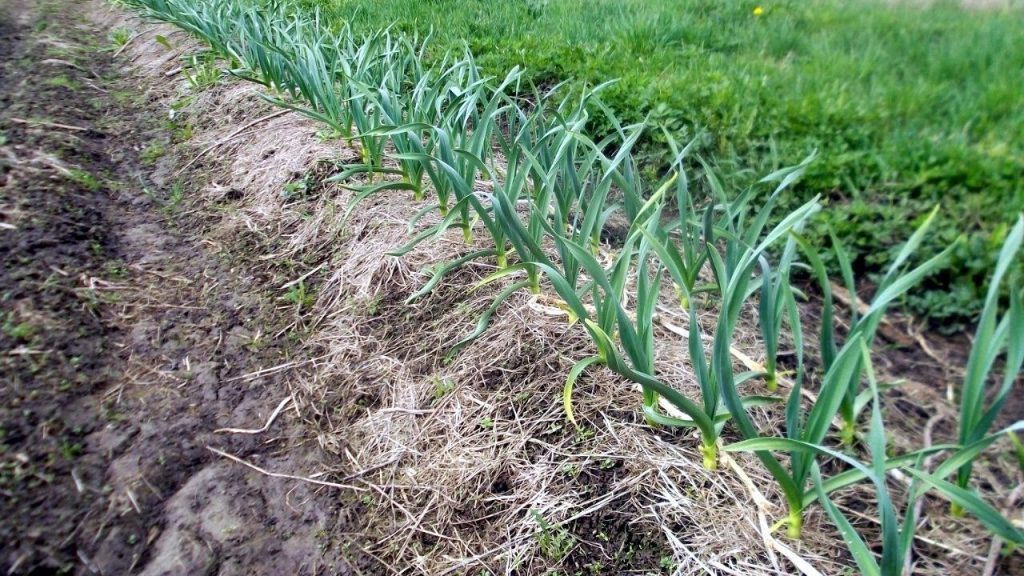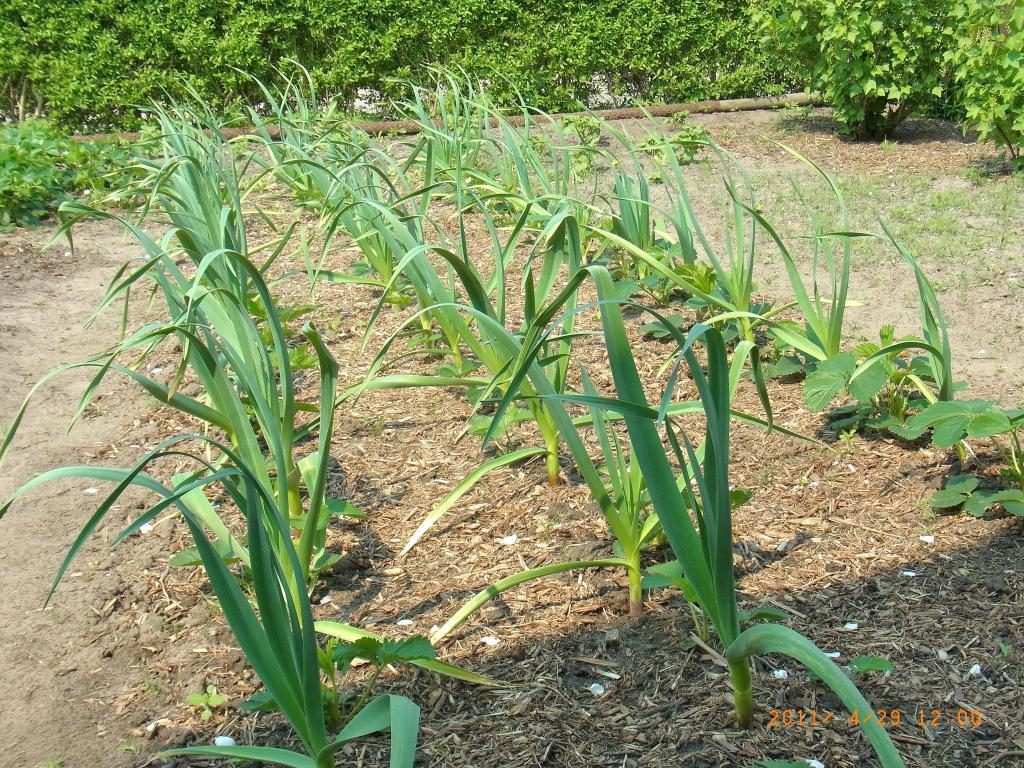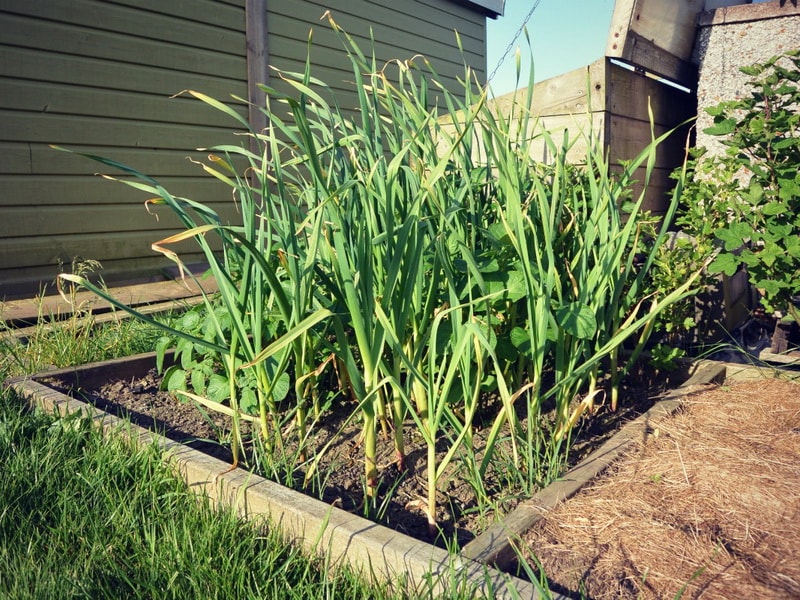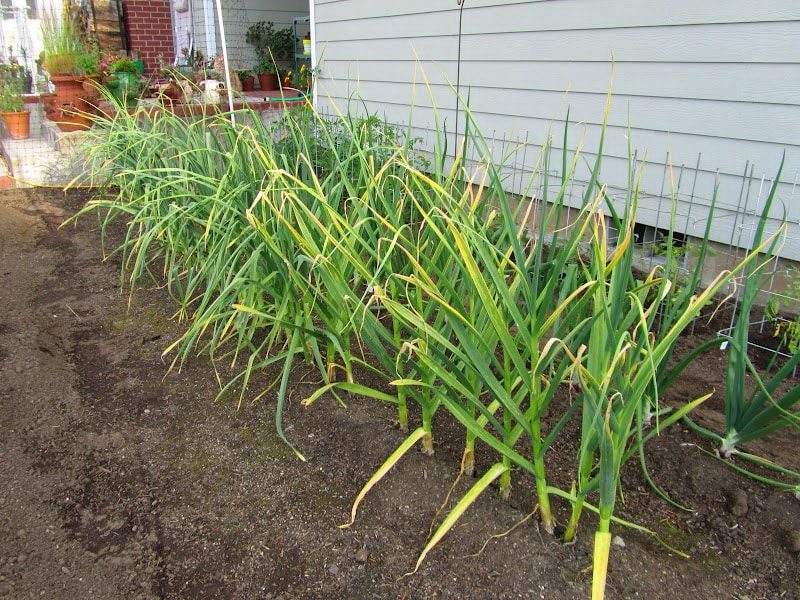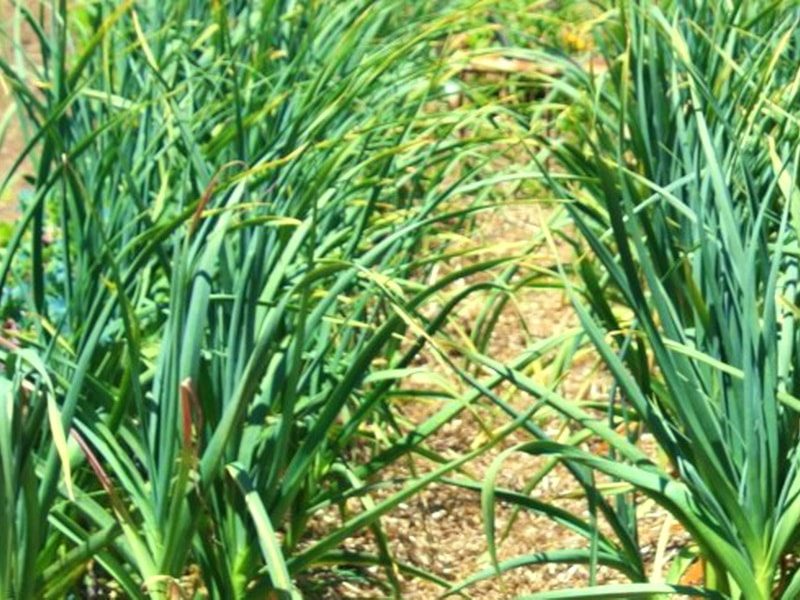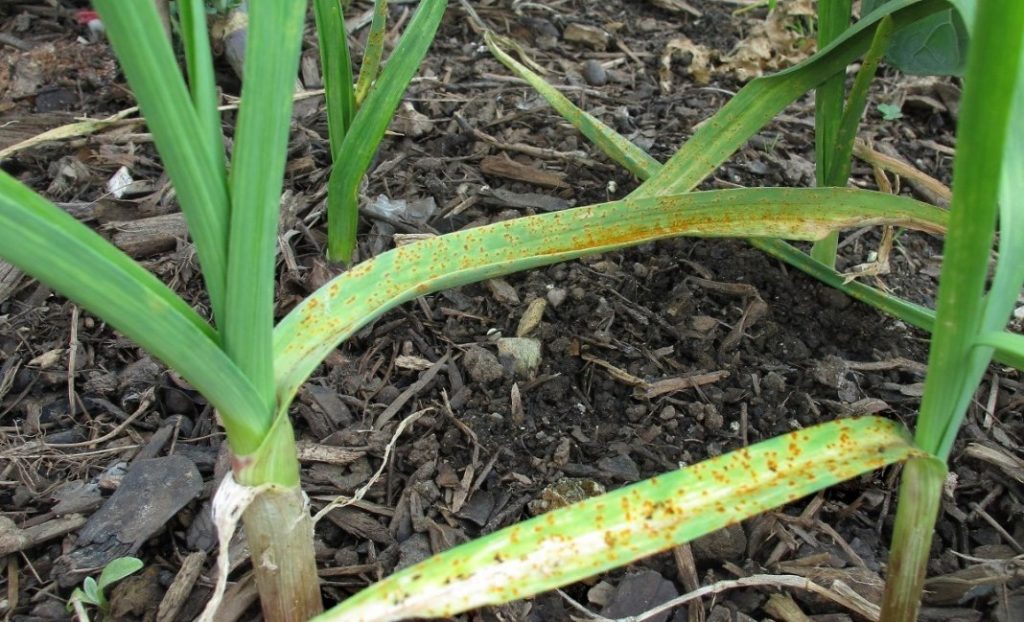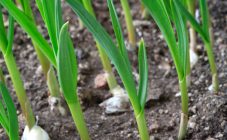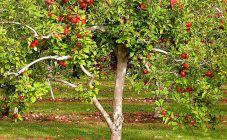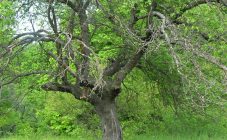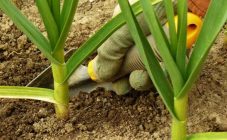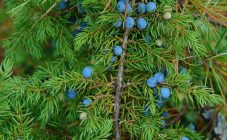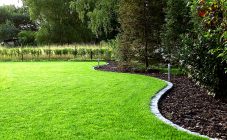Content:
Main reasons
If the tip of the garlic leaf turns yellow at the very beginning of growth, this is a clear sign that some abnormalities have appeared and that it needs treatment. Every gardener is worried about a legitimate question: if garlic turns yellow in the spring, what to do in this situation?
In response to it, we note that yellowing of leaves at the end of the season is a natural phenomenon for most individuals of this species. In healthy specimens, it appears only at the time of maturation and harvesting. In all other cases, yellowed garlic is an abnormality that requires emergency intervention.
The main reasons due to which early garlic may turn yellow are presented in the list below:
- Lowered ambient temperatures (meaning winter);
- Depleted soil with a lack of fertilizers;
- Garlic is affected by a disease dangerous to the plant;
- Vegetation errors.
Let's consider each of the listed reasons in more detail.
Frost and depleted soil
The danger of damage due to low temperatures is mainly winter garlic, which ripens very early (the first spring frosts may be the cause). The same should be said about spring plantings, which are unprotected for the same reason.
In this case, the roots of the plant weaken, as a result of which the bulb has to take food from the leaves and deplete the feather.
In the case of soil, the nature of yellowing is determined by the lack of one or another nutrient in it, namely:
- With a lack of nitrogen, for example, a garlic leaf after intense yellowing begins to acquire a reddish tint over time. At the same time, during growth, it changes shape (becomes short and narrow) and with the arrival of summer (the month of July) begins to fade slightly. The yellowing process starts from the lowest rows of branches, gradually moving towards the middle;
- With a deficiency of potassium, in addition to yellowness, a narrow strip forms at the edge of the sheet plate, resembling, as it were, burnt material. In this case, the garlic feathers become thinner, as the bulb begins to draw potassium from the leaves;
- With a lack of one more element (magnesium), yellow spots are clearly visible between the feather veins.
Over time, yellowness gradually spreads to the entire leaf area.
Pests and diseases
Answering the question of why garlic and its feather turn yellow, we note the following. In a situation where, in addition to yellowing, the leaves curl and dry, it can be unambiguously concluded that pests are the cause of the changes.
A clear sign of insect infestation is the presence of clearly visible spots of rot and mold. You can also clearly see that the roots are damaged in some places.
This is most often caused by:
- The larvae of flies, called onion flies, have a greenish body with a bronze tint. The bulb bed is their favorite habitat, where they lay inconspicuous eggs under the scales.At the same time, this pest often reaches the garlic varieties;
- The so-called "tobacco thrips" are microscopic yellow or brown insects that feed on the sap of the leaves, noticeably weakening them. In this case, the feathers of garlic first turn pale, and then finally turn yellow;
- A nematode worm that lives in the ground and infects the bulb with the formation of a white bloom on it (the feather itself becomes yellow in this case).
We also note that yellowing is possible due to various diseases for which the plant is treated either by chemical means, or using folk experience.
Vegetation errors
Very often, plants become ill due to non-compliance with the basic requirements of an agricultural crop (including caring for them during growth). The mistakes made at this stage include:
- Overly acidic soil;
- Violation of the landing dates;
- Excessive watering of plants.
In order to avoid deviations in the development of this herbaceous species, it is necessary that the earth under it be saturated with oxygen, well loosened and have low acidity (it is better if it is neutral). The optimal time for planting garlic cloves is considered the end of October, and in the southern regions - mid-November.
To prevent waterlogging of the soil under the garlic, water it only if it is very dry. In hot weather, these procedures are arranged no more than once every two weeks, in order to water the garlic again, it is recommended to use warm rainwater.
Prevention methods
The correct choice of planting time (taking into account the climate of the region) or the acquisition of a cold-resistant variety will help protect the leaves of garlic and onions from spring frosts. Planting winter or spring crops at shallow depths should be attributed to agrotechnical mistakes, which are a matter of technique to correct.
What to do if garlic leaves turn yellow in the spring and what to do in order to improve the situation, it is advisable to understand this in more detail.
In order to prevent possible yellowing of leaves due to poor soil and insect infestations, several old, but well-proven methods are used. It:
- Preparation of the beds and selection of seed for early garlic;
- Further watering the plant with solutions of the missing fertilizers;
- Spraying them to protect against microorganisms and insect pests.
Let's consider each of the listed techniques in more detail.
Sowing site and seed preparation
Before sowing the bulbs, first of all, you need to choose the right place for growing them, which should be constantly changed. It can only be planted on the previous garden bed 3-4 years after other crops have grown here.
The soil on it should be neutral, so that, if necessary, its acidity is lowered by adding metered amounts of lime (it can be replaced with chalk, ash or dolomite flour).
At the end of soil preparation, it must be treated with disinfecting compounds, that is, sprayed with solutions of copper sulfate or sodium chloride. As for the planting material, only strong and completely healthy teeth are selected during its preparation (the most convenient time for planting them is May).
Immediately before planting, they are disinfected. For this, any remedy from the following series is suitable: a solution of potassium permanganate, drugs "Maxim" or "Fitosporin". In prescription liquid formulations, the seeds are kept for about 20-25 minutes.
Mineral and organic fertilizing
To obtain healthy garlic, the soil must be fed by introducing complexes of all kinds of fertilizers into it. First of all, it needs nitrogen in quantities that compensate for its leaching from the soil. For this purpose, planting garlic, first of all, is fertilized with a solution of carbamide at the rate of 20-30 grams per bucket of water.Next, he will need top dressing in the form of ammonium nitrate (15 grams), which should be applied at intervals of 3 weeks.
To protect against disease, cold and pests, the soil should be fed with potassium sulfate (20 grams). Amber acid helps to strengthen the immunity of garlic, for the preparation of a solution of which one gram of its powder is diluted in 10 liters of warm water. You can also use such proven products as Nitroammofoska and Fertika Lux.
Those who are absolutely not satisfied with chemistry can be content with organic additives introduced in the form of ash, manure or compost.
Protective spraying
Special preparations are on sale that help to strengthen garlic plants and help to cope with most of the known diseases (Agricola and Kemira Fertika, for example). From them, in accordance with the instructions, liquid compositions are prepared with which you can spray the protected areas.
It is recommended to water the frozen slightly yellowing leaves with Silkoma or Zircon solutions, which significantly accelerate root growth and increase plant immunity. Both heat and frost helps to survive the drug "Epin", with which the plant is sprayed until it recovers.
Folk remedies
In conclusion, a few words about the so-called "folk" remedies. Using ammonia to feed garlic is one of the time-tested ways to protect it from disease. When clarifying the question of what connects ammonia and a garden bed, one should remember that its main component is ammonia, which replaces the lack of nitrogen fertilizers for garlic.
In this case, ammonia can be used in almost pure form, since when sprayed with its solution, all other components evaporate. Note also that, in addition to ammonia, folk remedies include ordinary ash and table salt, from a mixture of which a solution is prepared for watering and spraying plants.
